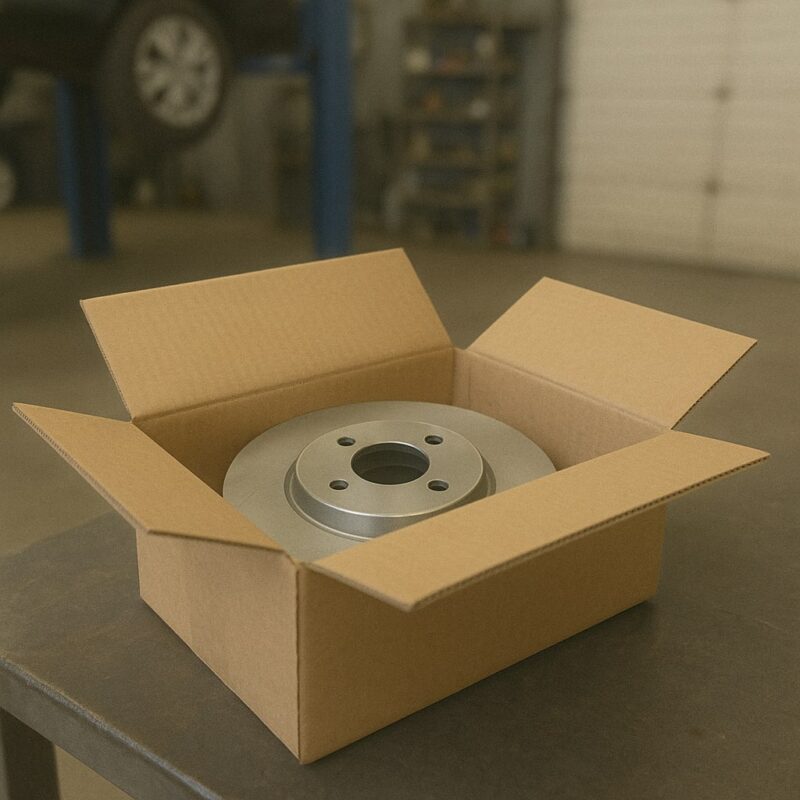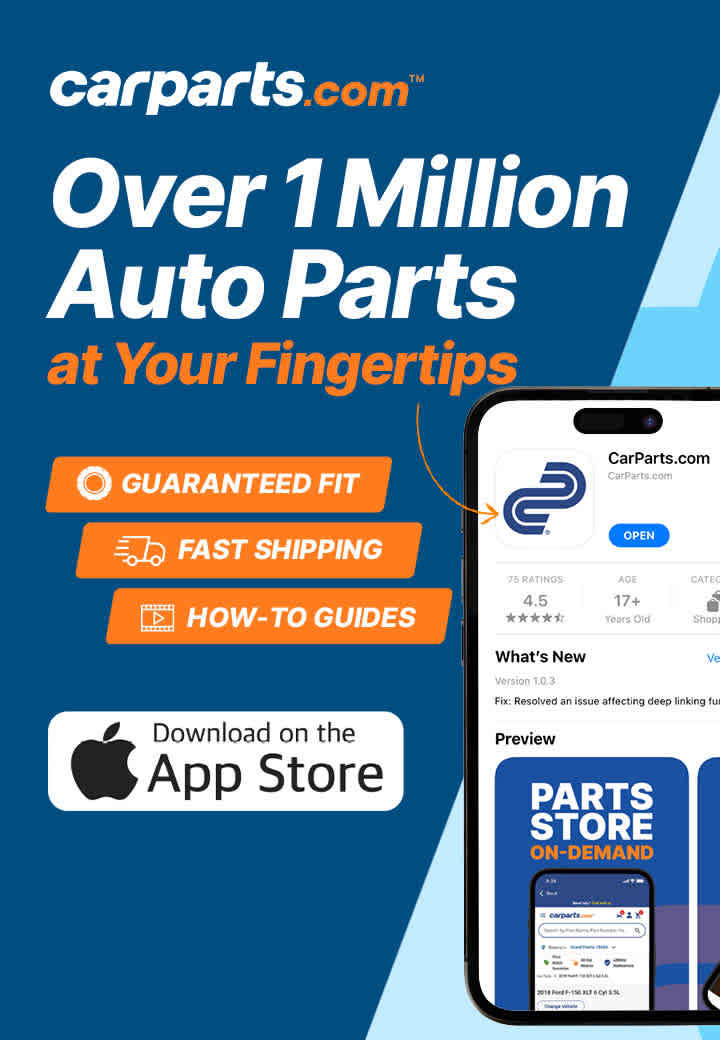Repair bills don’t stop at labor costs. Many shops raise prices by marking up the parts they install, sometimes far beyond what you’d pay elsewhere. If you’ve ever searched for the same item online and seen it for half the cost, you’ve probably asked yourself whether you could buy it outright and just pay a mechanic to put it in.
More and more drivers are raising that exact question: why pay the inflated in-house price if you can source the part yourself at a fairer rate? The real concern isn’t whether the savings are real (they often are) but whether the shop will agree to work with outside parts, and what that means for labor charges and warranties.
Can I Buy Car Parts and Have a Mechanic Install Them?
In many cases, yes. Plenty of mechanics, especially independent garages that rely on labor rather than parts sales, will take on the job if you bring in what’s needed. When you buy the part on your own, the total bill often drops because you’re only paying for the work, not the markup.
Still, not every shop goes along with it. Some insist on supplying the parts themselves, both for the added margin and for control over what’s being installed. Others may adjust their labor rates to make up for the lost profit, or ask you to sign off that they aren’t responsible if a part you brought in fails.
Even with those conditions, many drivers report good experiences bringing their own parts. Independent shops tend to be more open to it, while dealerships are usually stricter. If the part is new, fits your car, and isn’t questionable in quality, a lot of mechanics are willing to do the work.
Accuracy matters, though. A mechanic won’t want to deal with missing pieces or something that doesn’t fit. Checking compatibility before you buy avoids headaches for both you and the shop. Walk in with the right part in hand, and you’re far more likely to walk out with your car fixed and money saved.

Real-World Price Comparison: What Drivers Pay vs. What Shops Charge
Let’s break down what parts really cost when you buy them yourself versus what a shop might charge you.
- Brake Pads: You can find a solid set of front brake pads online for around $48. Walk into a shop, though, and the same pads might show up on your bill for closer to $83. That’s nearly a 40% jump for no added benefit to you.
- Everyday Markups: On average, repair shops tack on somewhere between 25% and 50% to the base price of a part. So a $100 part suddenly costs $125 or even $150 once it runs through their invoice system.
- Sensors and Electronics: This is where things get steep. Many common sensors and electronic components that sell online for under $100 are priced at two or three times that when supplied by a dealer or shop. These are the parts where sourcing them yourself can cut the bill dramatically.
The takeaway is pretty clear: buying your own parts can save you a chunk of money, especially on items shops like to mark up heavily.
FAQ
Yes, many do. They justify it as covering warranty and sourcing, but drivers often save by bringing their own.
Shops usually won’t guarantee parts they didn’t supply, but they often still back up the labor.
No. Dealerships rarely do, but independent shops often will if you ask ahead of time.
Usually, yes. Even with slightly higher labor costs, the lower part price usually leaves you ahead.
Match it with your VIN, check compatibility online, or confirm with the mechanic before ordering.
Start a Conversation with a Shop
Before you spend money on parts, give the shop a quick call and ask if they’re open to the idea. Most mechanics prefer knowing in advance rather than being caught off guard when a customer walks in with a box of parts. A short conversation up front makes it clear how they’ll handle labor, what they’ll warranty, and what they’re comfortable installing.
It also helps to ask about their preferences. Some shops only want new parts in sealed packaging, others won’t touch used components, and a few stick to certain brands. Sorting that out ahead of time keeps things simple and avoids any back-and-forth once your car is already in the bay.
Look for Parts That You Can Bring to a Shop
When you’re ready to buy parts yourself, CarParts.com is a solid place to start. We cover nearly every make and model, and you can search by year, model, or even VIN to pull up the exact part that fits your car. That way you can walk into the shop with confidence that you’ve got the right piece.
Prices are another reason drivers turn to us. Brake components, alternators, headlights—parts that usually get marked up heavily at repair shops—are often far less expensive here. If you’d like to cut your repair bill without cutting corners, visit CarParts.com today.
Any information provided on this Website is for informational purposes only and is not intended to replace consultation with a professional mechanic. The accuracy and timeliness of the information may change from the time of publication.




















